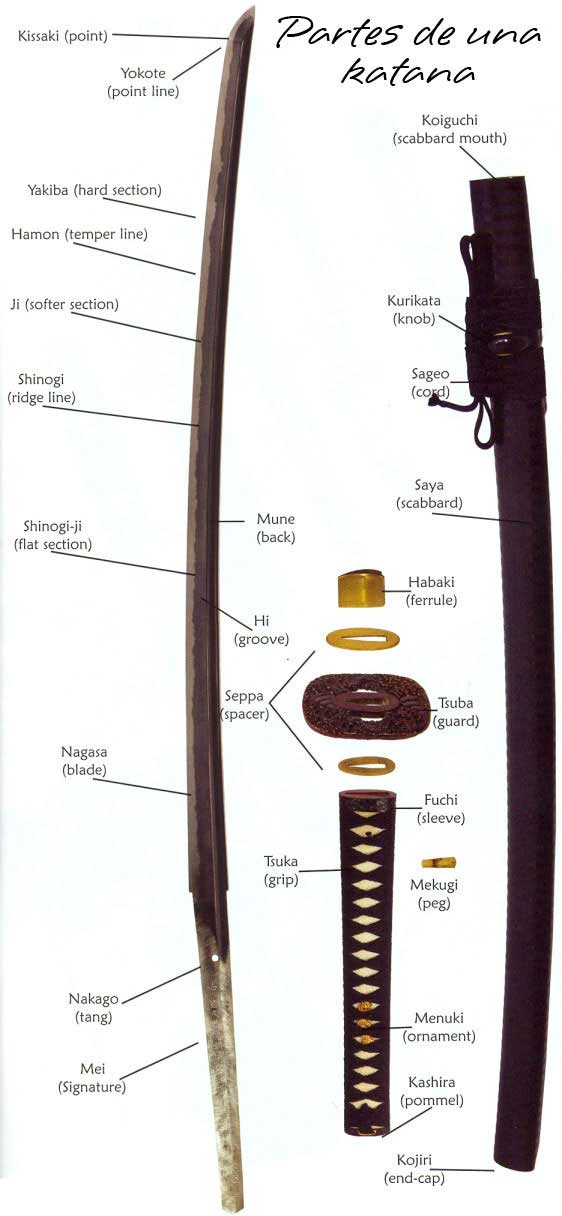What is Ji in a Katana?
The Ji is an essential component of the katana blade, the famous Japanese sword that represents not only a combat tool but also a symbol of art, culture, and tradition. This section is located just below the hamon, the wavy line that forms on the blade during the tempering process. Unlike the upper part, which hardens to provide strength and durability, the Ji is characterized by being softer and more flexible, adding versatility to its use.
The composition of the Ji allows it to perform specific functions in combat and training. Its lower hardness facilitates shallower and more precise cuts, which can be crucial in certain fencing techniques, allowing practitioners to execute more controlled movements. Additionally, the Ji can feature a variety of patterns and textures, which not only serve an aesthetic function but are also intrinsically linked to the cultural legacy of the sword's bearer and its maker. This finish can include engravings or artistic details that tell stories of samurai lineages or other significant aspects of Japanese culture.
The maintenance of the Ji is fundamental to ensure the longevity and effectiveness of the katana. It is recommended to keep this area clean and lubricated to prevent oxidation and corrosion, which are common enemies of steel swords. This includes the practice of cleaning the blade after each use and applying specific oils for weapons. Furthermore, special care should be taken to protect the Ji from blows or impacts that may compromise its integrity, as any damage could negatively affect its performance in combat.

In conclusion, the Ji plays a crucial role in both the functionality and the aesthetics of the katana, closely relating to the culture and art surrounding this iconic Japanese sword. Its proper understanding and care are indispensable for any enthusiast or practitioner of Japanese kenjutsu or martial arts, ensuring that the katana is not only an effective combat tool but also a lasting cultural legacy.
















